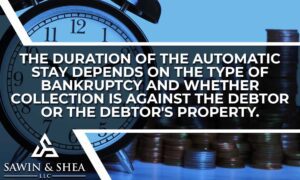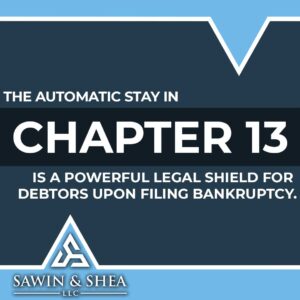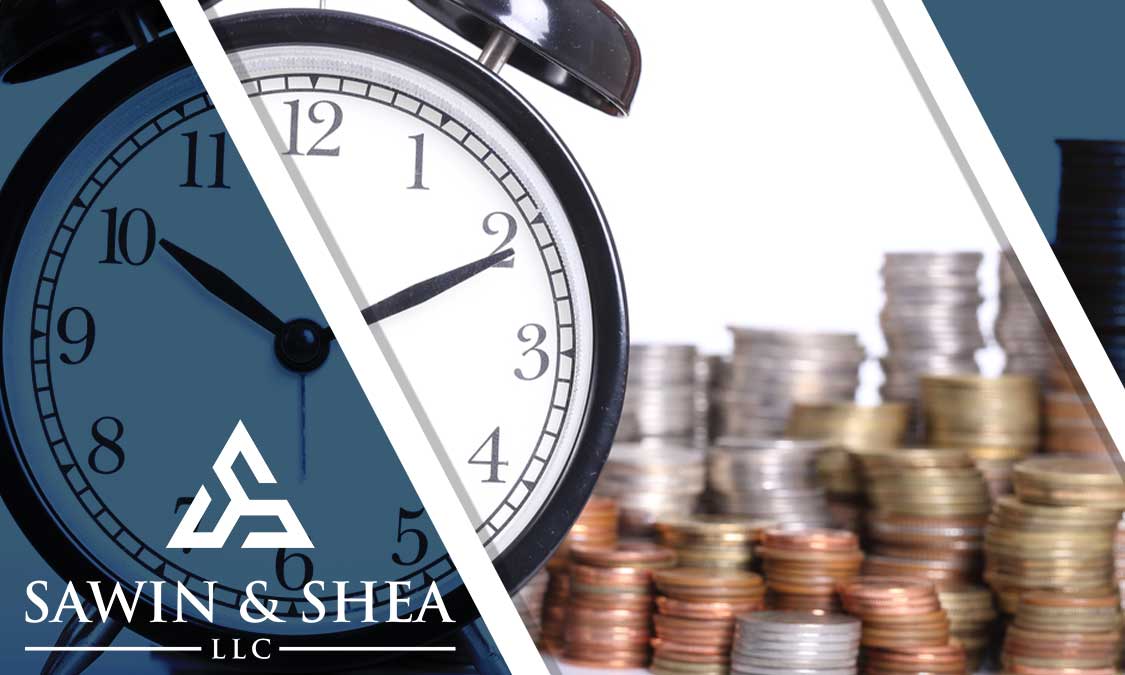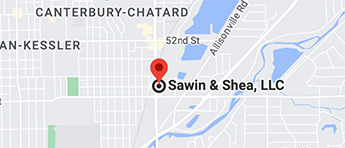When an individual or business files for bankruptcy, an automatic stay immediately goes into effect. This stay halts most collection activities and legal actions against the filer. For debtors, the automatic stay provides critical breathing room to address financial issues under bankruptcy court protection.
What is an Automatic Stay?
An automatic stay refers to the legal injunction put into place upon filing for bankruptcy. It stops:

- Debt collection efforts
- Foreclosures
- Wage garnishments
- Civil lawsuits
- Utility shutoffs
- Most other creditor actions to collect pre-bankruptcy debts
The stay helps facilitate the goals of bankruptcy by preventing creditor collection efforts and allowing time for orderly debt restructuring or liquidation. It is one of the fundamental debtor protections under the Automatic Stay in the Bankruptcy Code.
When Does the Stay Begin?
The automatic stay starts immediately upon filing a bankruptcy petition. For personal bankruptcies, it goes into effect when an individual files Chapter 7 or Chapter 13. At the moment of filing, creditors receive legal notice to halt collection activities.
How Long Does the Stay Last?



The duration of the automatic stay depends on the type of bankruptcy and whether collection is against the debtor or the debtor’s property.
For Collections Against the Debtor
The stay protecting the debtor typically remains until:
- The debtor receives a discharge
- The court denies the discharge
- The court dismisses the bankruptcy case
Once one of those events happens, creditors can restart collection efforts for unpaid debts unless those debts receive a discharge, which permanently stops creditors from collecting the debt.
For Collections Against Property
In a Chapter 7 case, creditors secured by property collateral have some additional options. Within 30 days of filing bankruptcy, a debtor must file a Statement of Intent regarding secured property. This states whether the debtor will surrender, redeem, or reaffirm secured debts.
If the debtor fails to redeem, reaffirm, or surrender on time, the stay lifts after the property is abandoned by the trustee, by motion of the creditor, or discharge or dismissal of the case. The creditor can then pursue repossession or foreclosure. A creditor can request relief from stay by motion during the bankruptcy if a debtor lacks equity in the property or fails to provide “adequate protection.”
In a Chapter 13 case, the stay remains in effect as to the property of the estate until the court enters an order lifting or removing the protection. The can happen if a creditor files a motion, if the Debtor’s confirmed plan surrenders the property, upon dismissal of the case, or upon final discharge.
Can Creditors Violate the Stay?
Yes. If a creditor knowingly violates the automatic stay in Chapter 7 or Chapter 13, the court may impose compensatory damages, attorneys’ fees, and punitive damages. Common violations include sending demand letters, making collection calls, or attempting repossession post-bankruptcy. Unfortunately, violations still occur, often because collectors lack notice of the filing.
Put Your Mind at Ease with Bankruptcy Guidance from Sawin & Shea, LLC



The automatic stay in Chapter 13 is a powerful legal shield for debtors upon filing bankruptcy. This injunction generally remains throughout the bankruptcy process until discharge or dismissal. By halting collection pressure, it facilitates debt resolution. While comprehensively prohibiting creditor actions, there are exceptions to the stay that creditors can pursue. Understanding the timeline and contours of the automatic stay can help debtors make the most of its critical protections.
If you are facing bankruptcy, you don’t have to travel the confusing road alone. The bankruptcy attorneys at Sawin & Shea, LLC have years of experience working with cases just like yours.
Contact us at 317-759-1483 or send us an email for a free consultation today!



